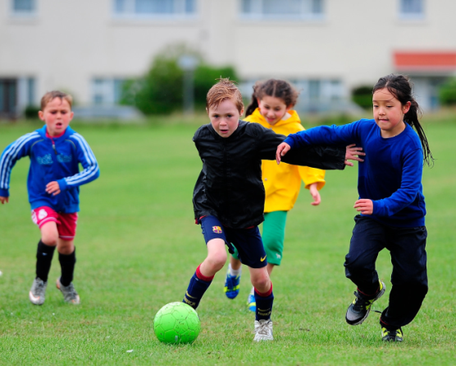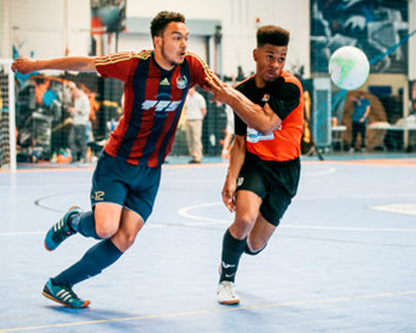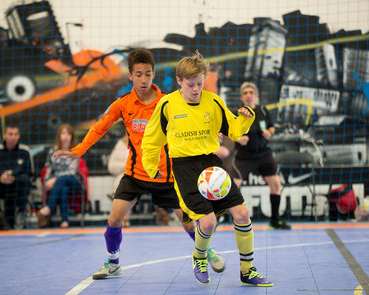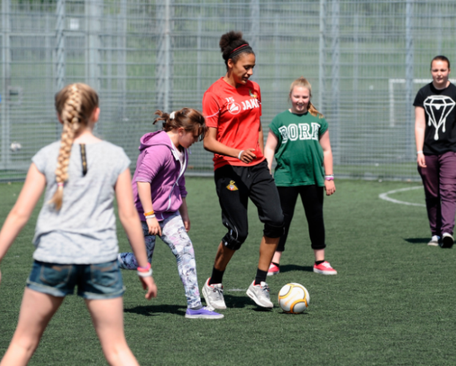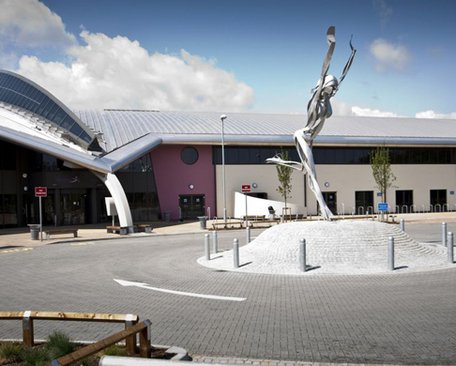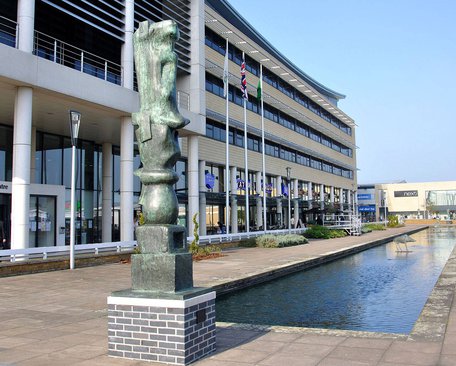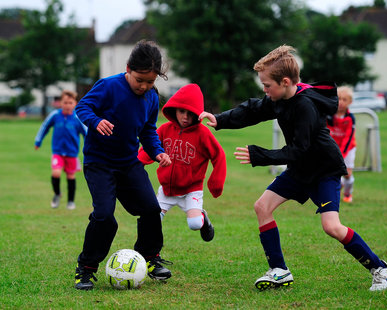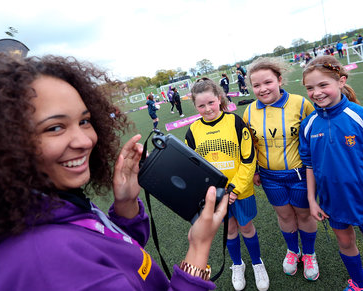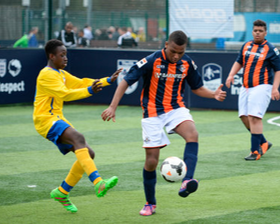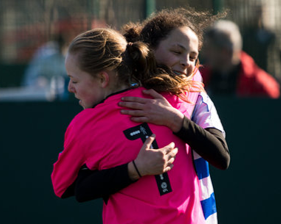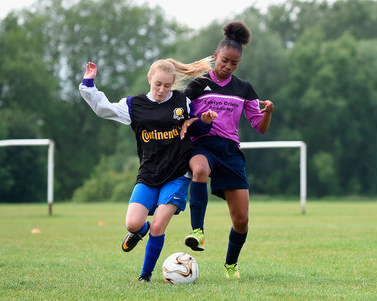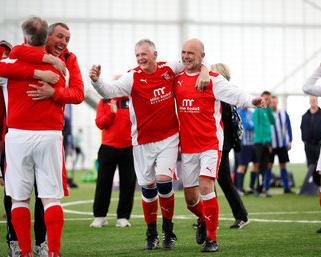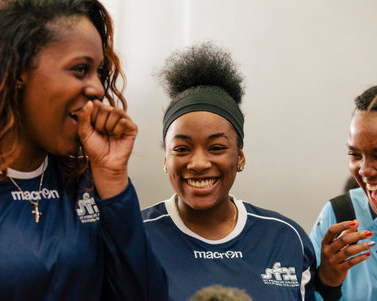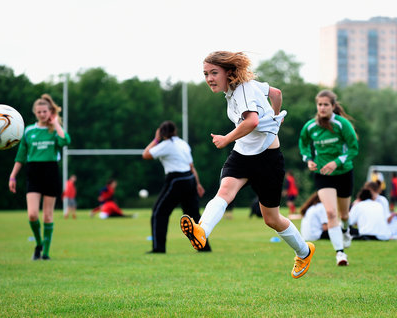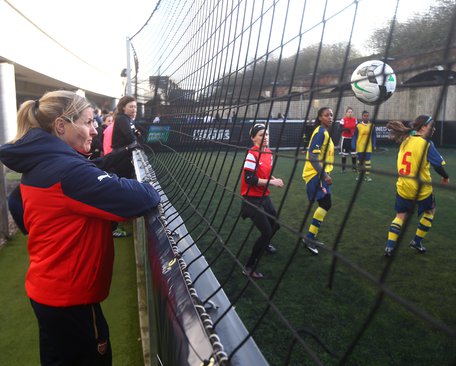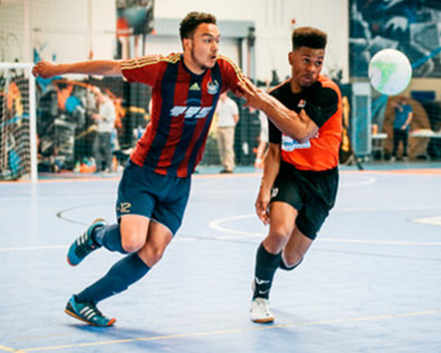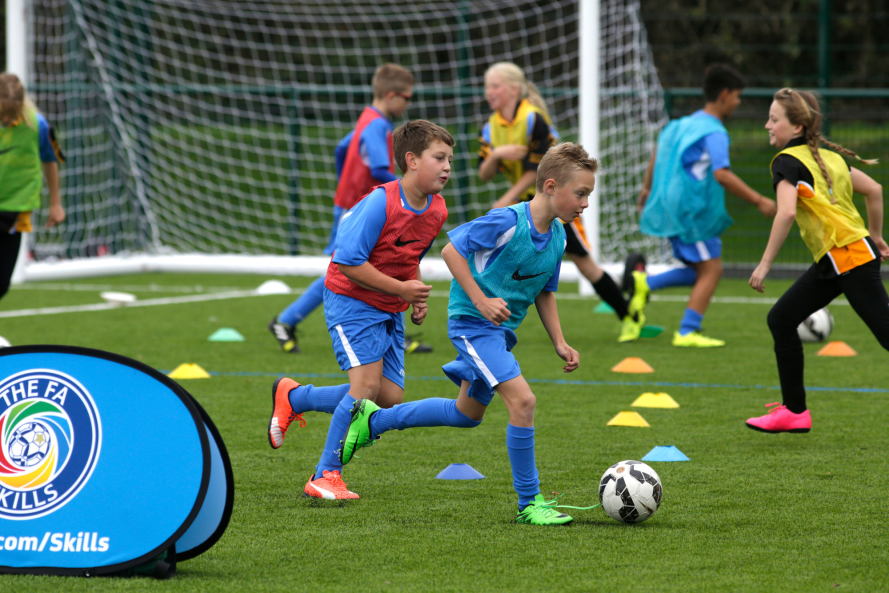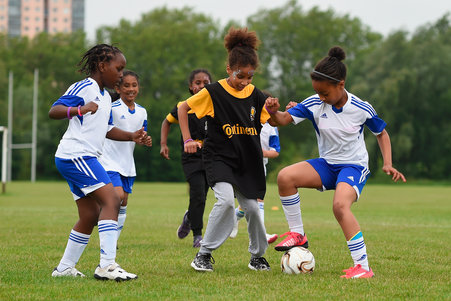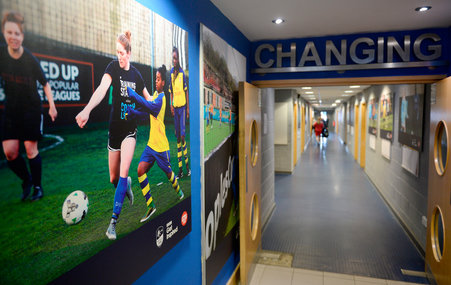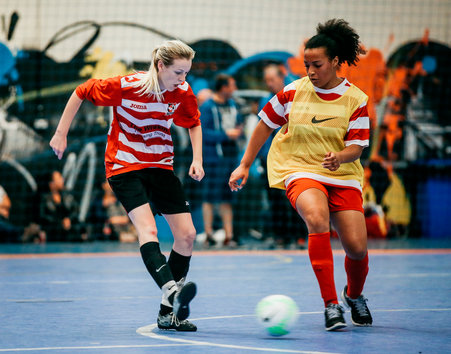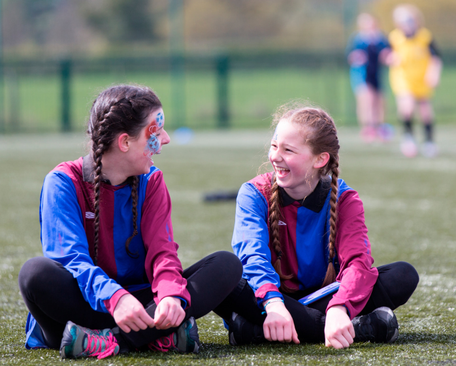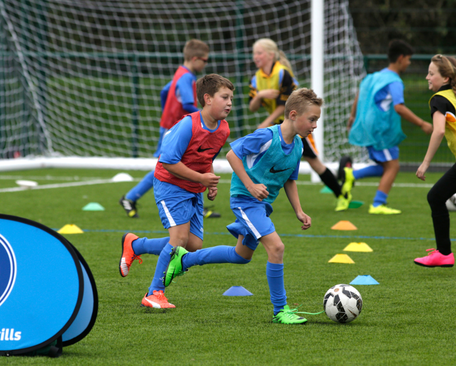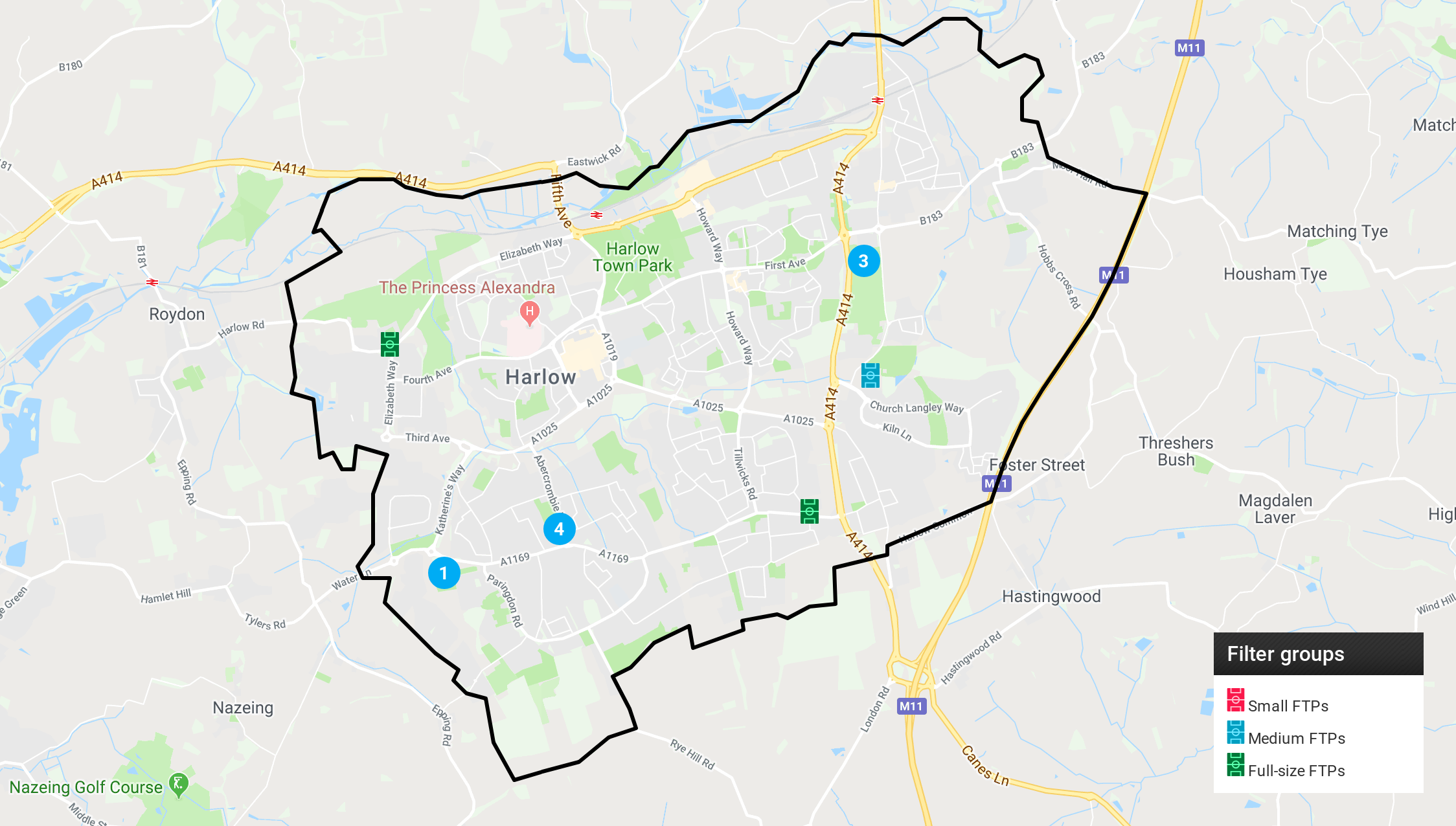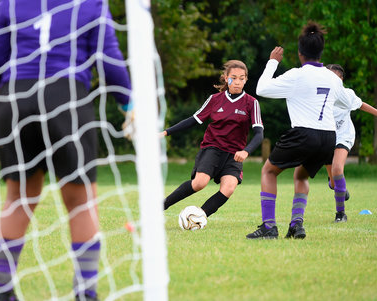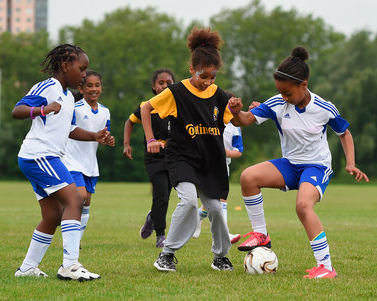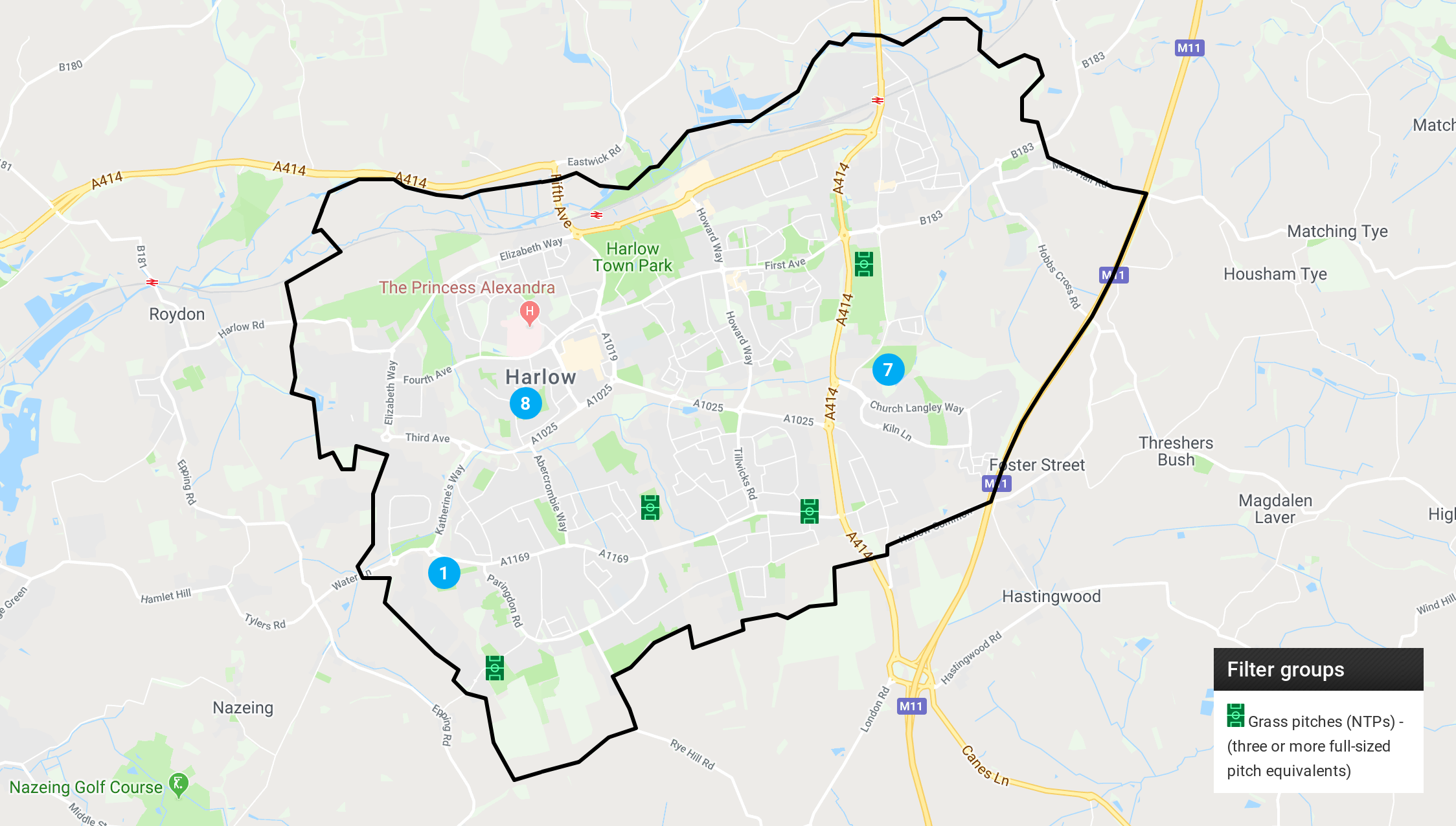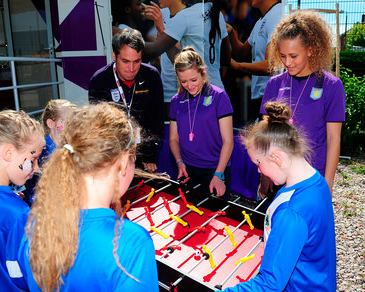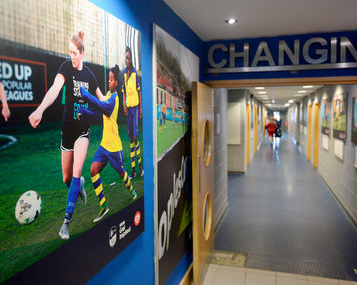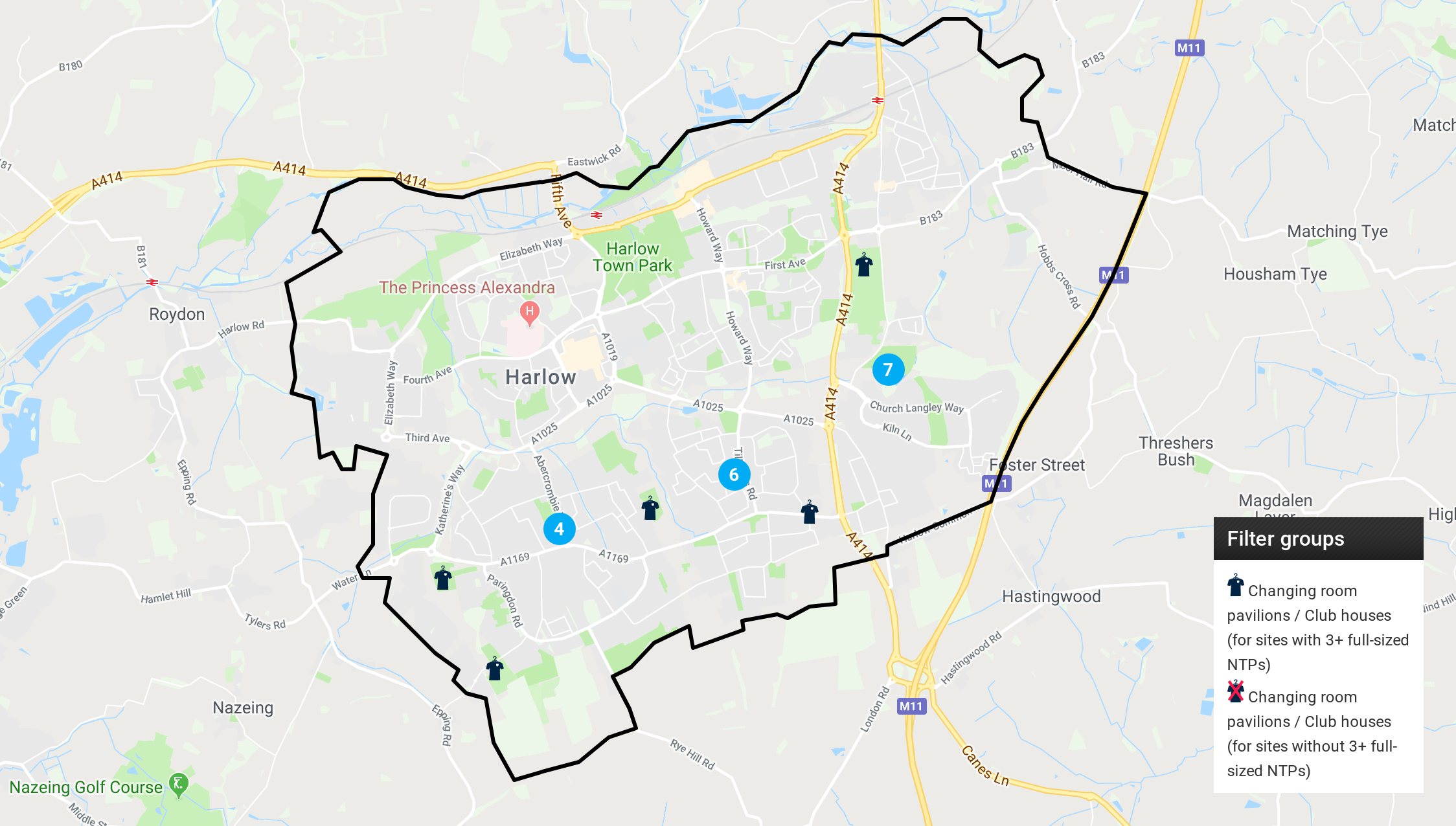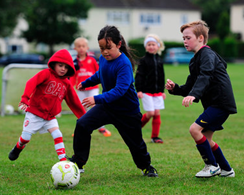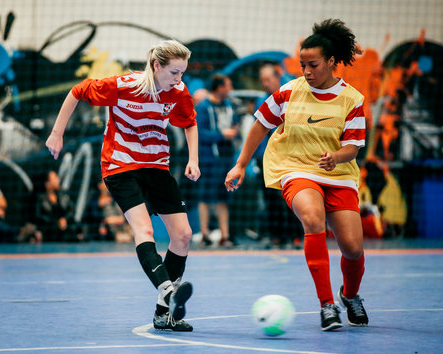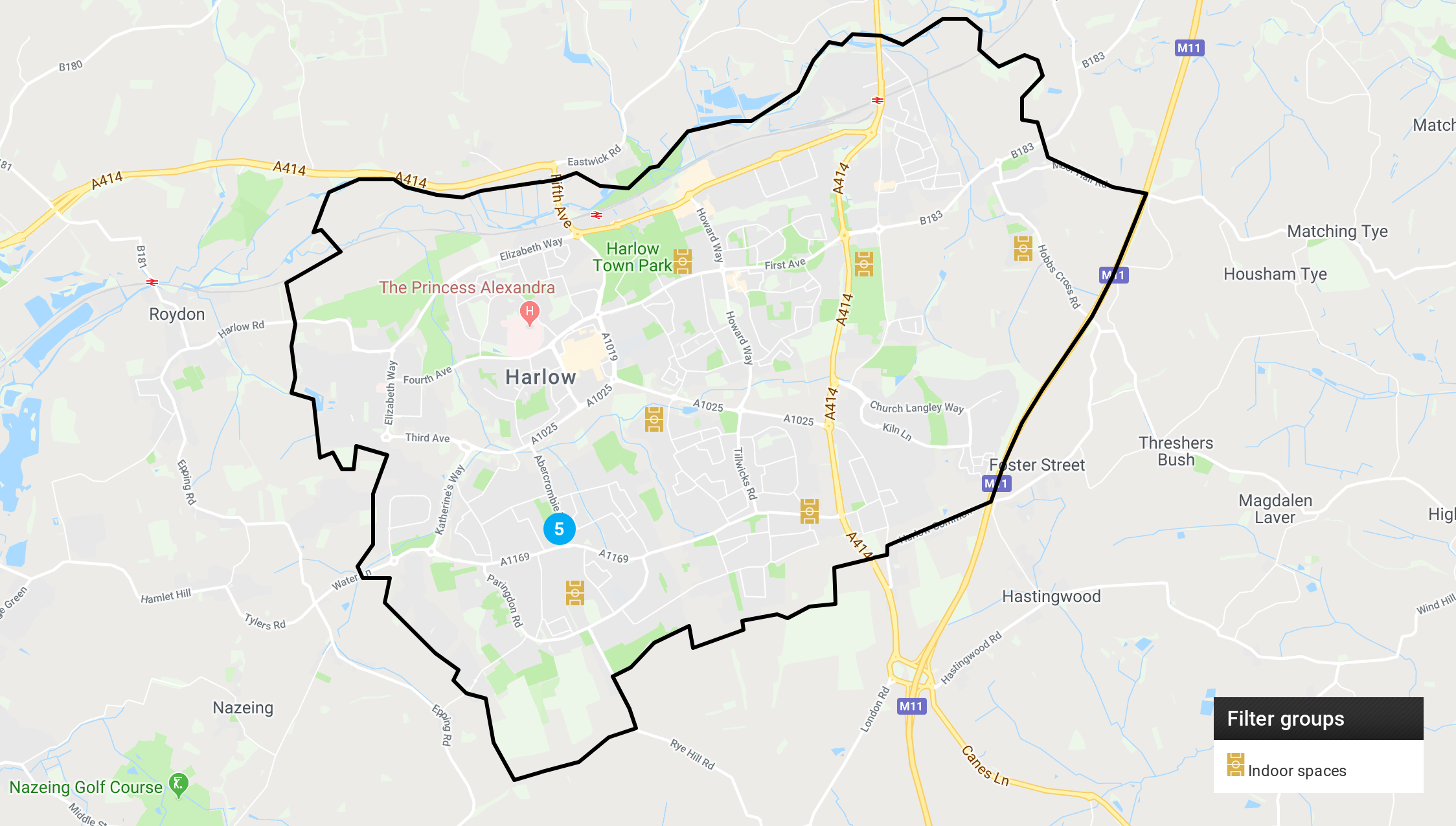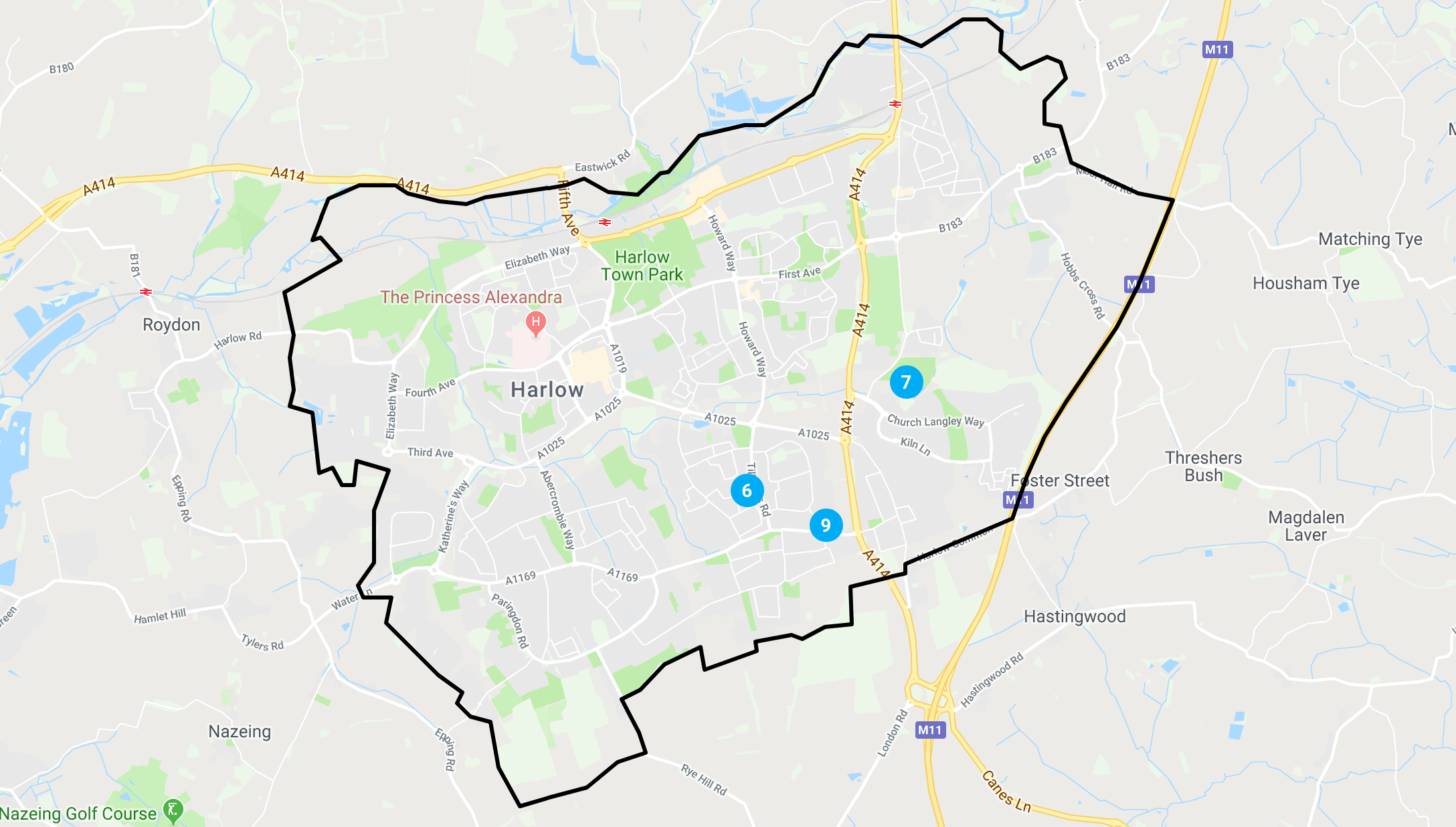Playing fields are one of the most important resources for sport in England. All football players should have the opportunity to play on good quality grass pitches. However, FA data shows that 63% of pitches in England are poor / low standard and 1 in 6 games are cancelled. As such, poor pitch quality is consistently cited as the number one issue for players.
The priority is, therefore, to sustainably improve grass pitch quality across all main pitch owners (local authorities, education establishments and clubs). However, the level of maintenance required to obtain good quality standards is regularly affected by restricted budgets and limited knowledge/ training. Compaction and grass coverage are two key causes of poor quality pitches. Both are commonly treated via a maintenance driven solution (and do not necessarily require costly drainage schemes).
Playing fields are also a valuable resources for informal play and open-access sites are encouraged but, for many, problems such as dog fouling and vandalism mean that they need to be protected with mitigation measures such as fencing.
In many local areas the key challenge is to create a sustainable approach to provide good quality football pitches for the long-term. Many local authorities (78%) intend to increase pitch hire fees in the future. However, many players (63%) believe facilities are already expensive and some (16%) believe prices are prohibitive. A sustainable solution should, therefore, carefully balance pitch quality and affordability.
While the education sector (37%) and local authorities (32%) are still the principal asset owners of grass pitches, clubs / leagues own or maintain an increasing share (currently 25%). Assets and opportunities have been considered across each sector.
Although large (3+ pitch) strategic sites are important and make up much of the project list within the LFFPs, this does not mean that other club, league and community/voluntary sites are not important or eligible for funding. These sites are key to the Football Foundation's Grass Pitch Programme to deliver 20,000 good quality pitches.
For more information click here.
PitchPower
The PitchPower app is the gateway to any grass pitch improvement funding. It is the tool that will allow clubs and organisations to complete pitch inspections and access funds.
If you haven't signed up and completed a PitchPower pitch inspection, you will need to do this before you can apply for the Grass Pitch Maintenance Fund.
Learn more by clicking here.




